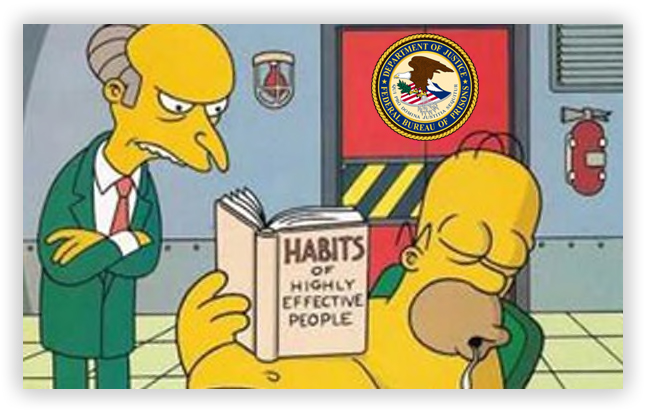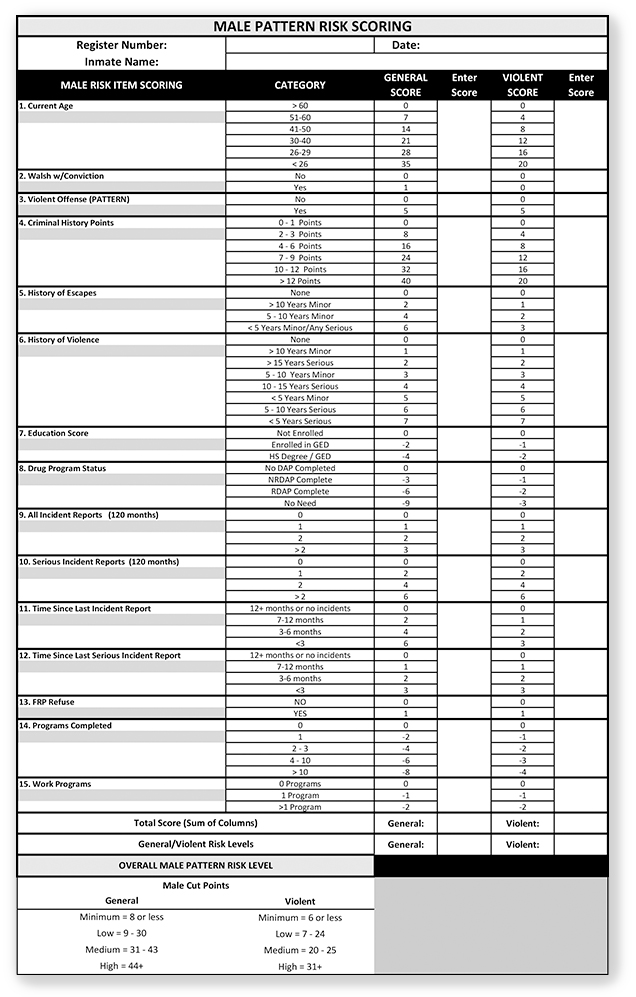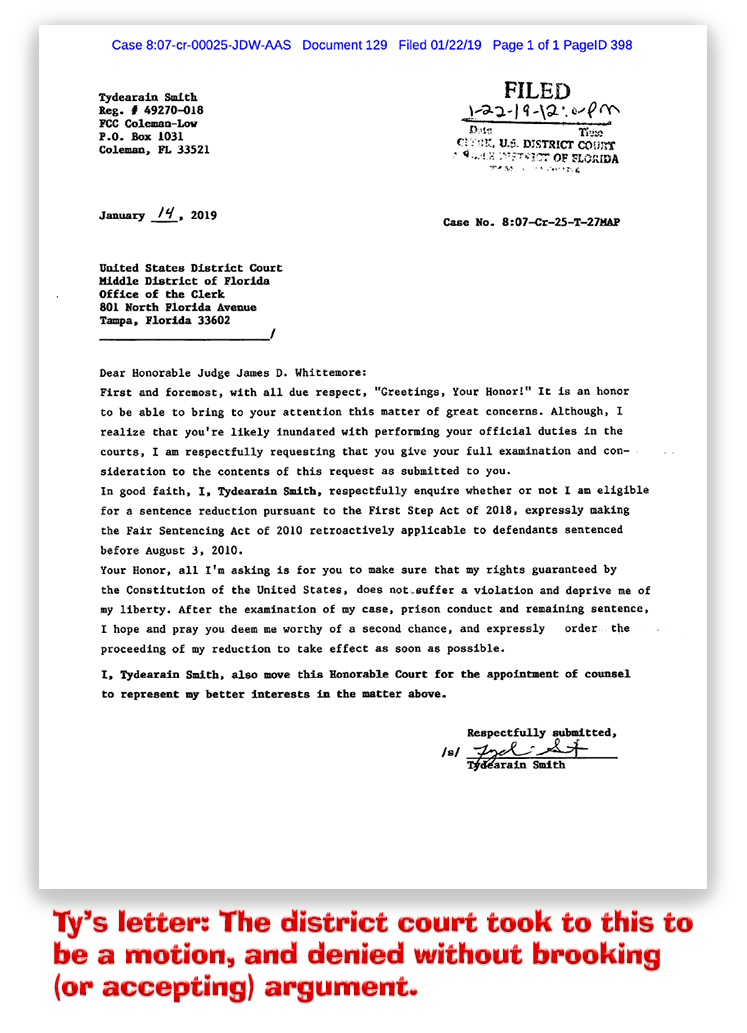We post news and comment on federal criminal justice issues, focused primarily on trial and post-conviction matters, legislative initiatives, and sentencing issues.

CONNECTICUT SUIT ARGUES HOME CONFINEMENT REVOCATION VIOLATED DUE PROCESS
 Under the CARES Act, the Federal Bureau of Prisons was authorized to place inmates in extended home confinement as a means of getting medically vulnerable people out of the path of the coronavirus. Under this authority, the BOP has sent about 9,000 inmates to home confinement, where they remain in their residences except for work and a very few tightly-controlled exceptions (weekly groceries, medical appointments, church services and the such).
Under the CARES Act, the Federal Bureau of Prisons was authorized to place inmates in extended home confinement as a means of getting medically vulnerable people out of the path of the coronavirus. Under this authority, the BOP has sent about 9,000 inmates to home confinement, where they remain in their residences except for work and a very few tightly-controlled exceptions (weekly groceries, medical appointments, church services and the such).
BOP Director Michael Carvajal has touted the success of the program. He told the Senate Judiciary Committee that only 289 inmates had been returned to prison after being on CARES Act home confinement, and only three of those were returned because of new criminal conduct.
The flip side of that coin is that the BOP sees home confinement as just another prison designation, meaning that the BOP can pull someone at home back to prison for the flimsiest of reasons, or for no reason at all. The government has argued that because inmates have no due process right to placement in any particular prison facility, they have no grounds to challenge a decision to revoke home confinement.
Now, three FCI Danbury inmates have filed a habeas corpus action in U.S. District Court in Connecticut claiming their release to home confinement under the CARES Act was revoked without due process.
“There’s no due process for resolving these cases or real consideration whether the person should be pulled back to prison,” said their attorney Sarah Russell, director of the Legal Clinic at Quinnipiac University School of Law. “There is no opportunity for a hearing or an argument even when children are being impacted.”
On home confinement for over a year, the lead petitioner, Nordia Tompkins, had been able to regain custody of her daughter, enroll in vocational classes and hold down a job. She was sent back to prison after the halfway house supervising her could not reach her by phone because she was in class at an approved time.
The government has argued that because the inmates remained in BOP custody, they had no “protected liberty interest” in remaining on home confinement. Such an interest is necessary in order to trigger a right to procedural due process.
 However, the inmates – represented by Yale and Quinnipiac University law school professors – argue that other factors, “such as whether one can form close family and community ties, seek and obtain employment”, are “markers of a liberty interest. It does not matter that someone is serving sentence or is technically in the ‘custody’ of prison authorities. Because Ms. Tompkins has been able to reside with her children and take care of them, attend a community school to further her education, and seek employment, she has a liberty interest in remaining on home confinement under the Due Process Clause [and] was entitled to basic due process protections…”
However, the inmates – represented by Yale and Quinnipiac University law school professors – argue that other factors, “such as whether one can form close family and community ties, seek and obtain employment”, are “markers of a liberty interest. It does not matter that someone is serving sentence or is technically in the ‘custody’ of prison authorities. Because Ms. Tompkins has been able to reside with her children and take care of them, attend a community school to further her education, and seek employment, she has a liberty interest in remaining on home confinement under the Due Process Clause [and] was entitled to basic due process protections…”
Danbury News-Times, Danbury prison inmates file lawsuit over home confinement getting revoked (May 5, 2022)
Tompkins v. Pullen, Case No. 3:22cv339 (D.Conn, filed Mar 2, 2022)
– Thomas L. Root











 ‘What, you’re dying of cancer, Mr. Tax Fraud convict, and you would like to spend your final months dying at home instead in a federal prison? Sorry, Charlie, you waived the right to ask the judge for that in your plea deal six years ago…’
‘What, you’re dying of cancer, Mr. Tax Fraud convict, and you would like to spend your final months dying at home instead in a federal prison? Sorry, Charlie, you waived the right to ask the judge for that in your plea deal six years ago…’















